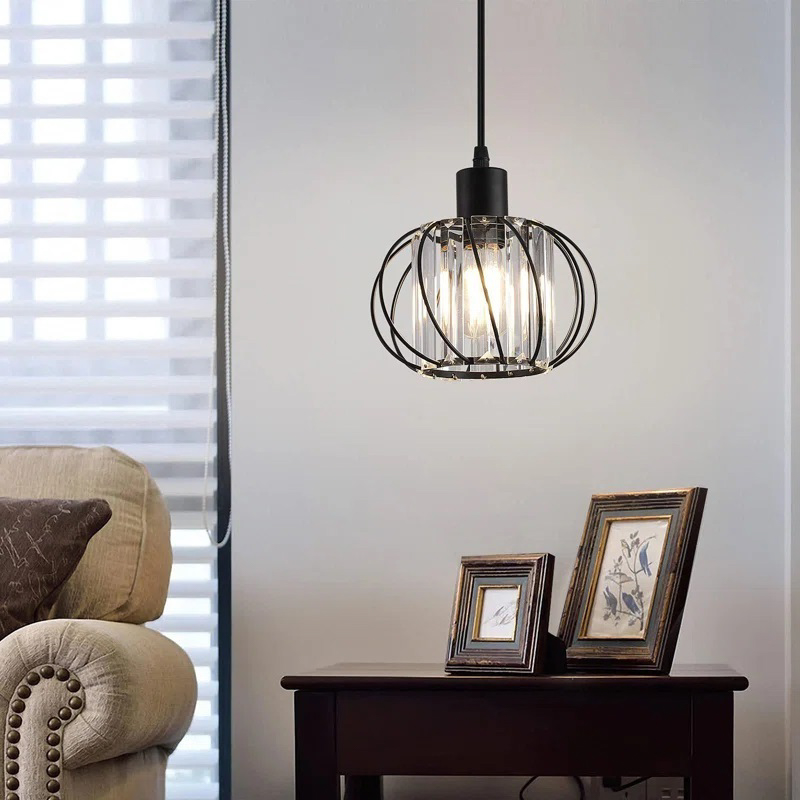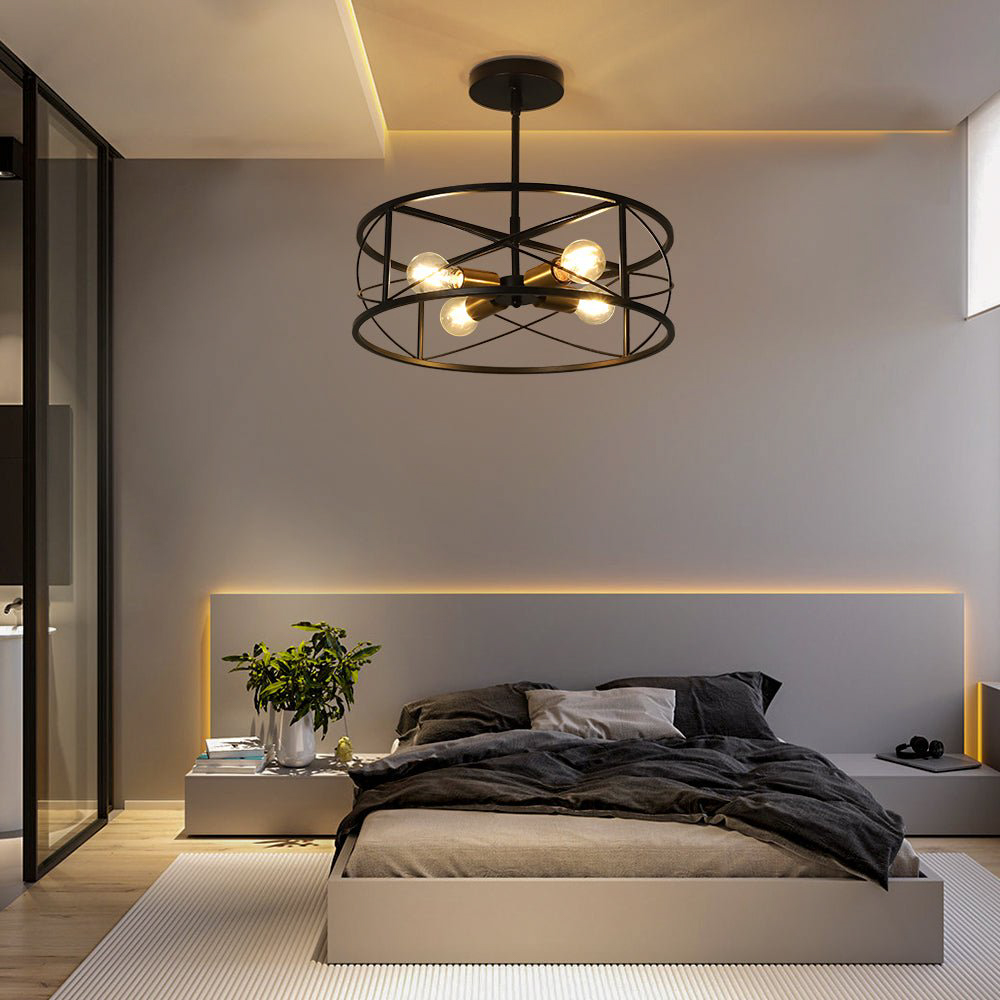Fashion is a dynamic and ever-changing industry. Trends come and go, and staying ahead of the curve is crucial for designers, retailers, and consumers alike. Predicting fashion trends allows businesses to meet consumer demands, stay competitive, and create innovative designs that resonate with their target audience.
In today’s fast-paced world, where trends can change in an instant, it is essential for fashion professionals to have their finger on the pulse of the industry. By understanding the latest trends, designers can create collections that are relevant and appealing to consumers. Retailers can stock their stores with the right merchandise, ensuring that they meet the needs and desires of their customers. And consumers can stay up-to-date with the latest styles, expressing their individuality through fashion.
The Impact of Technology on Fashion Design and Production
Technology has revolutionized the fashion industry in countless ways. From the design process to production and distribution, technology has made significant advancements that have transformed the way clothes are created and consumed.
One of the most notable technological advancements in fashion is 3D printing. This innovative technology allows designers to create intricate and complex designs with ease. It has opened up new possibilities for customization and personalization, as well as reducing waste in the production process.
Virtual reality (VR) has also had a profound impact on fashion design. Designers can now create virtual prototypes of their designs, allowing them to visualize how a garment will look and fit before it is even produced. This not only saves time and resources but also enables designers to experiment with different styles and materials without the need for physical samples.
Artificial intelligence (AI) is another game-changer in the fashion industry. AI algorithms can analyze vast amounts of data to predict trends, identify consumer preferences, and optimize supply chain management. This technology has made it easier for brands to understand their target audience and create products that resonate with them.
Furthermore, technology has made fashion more accessible to consumers. E-commerce platforms have made it possible for people to shop for clothes from the comfort of their own homes. Social media has also played a significant role in democratizing fashion, allowing consumers to discover new brands and trends, as well as connect with like-minded individuals.
Sustainable and Ethical Fashion: A Growing Trend
In recent years, there has been a growing awareness of the environmental and social impact of the fashion industry. Consumers are becoming more conscious of the need for sustainable and ethical fashion, and brands are responding to this demand.
Sustainable fashion refers to clothing that is produced in an environmentally friendly manner. This includes using organic or recycled materials, reducing waste and pollution, and implementing sustainable production practices. Many brands are now adopting these practices to reduce their carbon footprint and promote a more sustainable future.
Ethical fashion focuses on ensuring fair labor practices throughout the supply chain. This means that workers are paid fair wages, work in safe conditions, and are treated with dignity and respect. Brands are increasingly transparent about their supply chains and are working towards improving labor conditions in the factories they work with.
Consumers are actively seeking out sustainable and ethical fashion options. They want to know where their clothes come from, how they were made, and the impact they have on the environment and society. By supporting brands that prioritize sustainability and ethics, consumers can make a positive impact on the industry.
The Rise of Streetwear and Athleisure
Streetwear and athleisure have become mainstream fashion trends in recent years. These styles are influenced by urban culture and sportswear, blurring the lines between casual and high fashion.
Streetwear originated from subcultures such as skateboarding, hip-hop, and punk rock. It is characterized by its casual and comfortable aesthetic, often featuring oversized silhouettes, graphic prints, and bold branding. Streetwear has gained popularity among younger consumers who value comfort, self-expression, and individuality.
Athleisure, on the other hand, combines athletic and leisurewear. It is designed to be worn both during workouts and in everyday life. Athleisure clothing is typically made from performance fabrics that are comfortable, breathable, and moisture-wicking. This trend has been fueled by the growing interest in health and wellness, as well as the rise of fitness influencers on social media.
Brands have taken notice of the popularity of streetwear and athleisure and have incorporated these styles into their collections. Luxury fashion houses have collaborated with streetwear brands, and high-end designers have created their own versions of athleisure wear. This trend shows no signs of slowing down, as consumers continue to prioritize comfort and versatility in their clothing choices.
The Influence of Social Media on Fashion Trends
Social media has become a powerful tool for fashion influencers and brands to connect with consumers and promote their products. Platforms like Instagram, TikTok, and YouTube have transformed the way trends are discovered and shared.
Fashion influencers play a significant role in shaping trends on social media. They have large followings and are seen as authorities in the fashion industry. Influencers can introduce new styles, showcase different ways to wear clothes, and provide inspiration to their followers.
Brands are also leveraging social media to connect with consumers. They use platforms like Instagram to showcase their latest collections, engage with their audience, and promote their products. Social media has made it easier for brands to reach a wider audience and build a community around their brand.
Moreover, social media has made fashion more accessible to consumers. They can now discover new brands and trends with just a few taps on their smartphones. They can also shop directly from social media platforms, making the purchasing process seamless and convenient.
Gender-Neutral Fashion: Breaking Down Traditional Fashion Barriers

Gender-neutral fashion is challenging traditional gender norms in the fashion industry. It is about creating clothing that can be worn by anyone, regardless of their gender identity. This trend is driven by a desire for inclusivity and a rejection of the binary gender system.
Designers are embracing gender-neutral fashion by creating collections that are free from traditional gender constraints. They are experimenting with silhouettes, fabrics, and colors that are not traditionally associated with a specific gender. This allows individuals to express themselves authentically and without limitations.
Gender-neutral fashion is becoming more mainstream and inclusive. Brands are launching gender-neutral collections, and retailers are creating dedicated sections for gender-neutral clothing. This trend reflects a broader cultural shift towards acceptance and diversity, as society becomes more open-minded and understanding of different identities.
The Return of Retro: Nostalgia in Fashion Design
Retro fashion has made a comeback in recent years, as consumers embrace nostalgia and seek to express their individuality through their clothing choices. Designers are drawing inspiration from past decades, incorporating vintage elements into their collections, and reimagining iconic styles for the modern era.
The 90s have been particularly influential in shaping current fashion trends. From slip dresses to chunky sneakers, many styles from this decade have made a resurgence. The 80s and 70s have also had a significant impact on fashion, with bold colors, oversized silhouettes, and disco-inspired looks making a comeback.
Consumers are drawn to retro fashion because it allows them to stand out from the crowd and express their unique style. Vintage clothing has become highly sought after, as it offers a sense of nostalgia and authenticity that is often lacking in mass-produced garments.
The Power of Personalization: Customized Clothing for Everyone
Personalization is becoming increasingly popular in the fashion industry. Brands are offering customized clothing options that allow consumers to express their unique style and preferences. From monogrammed accessories to made-to-measure garments, personalization is transforming the way people shop for clothes.
Customization allows consumers to have a say in the design process, creating a sense of ownership and individuality. It also ensures a better fit, as garments are tailored to the customer’s specific measurements. This reduces the need for alterations and helps to minimize waste in the production process.
Many brands are embracing personalization as a way to differentiate themselves in a crowded market. By offering customized options, they can provide a unique and personalized experience to their customers, fostering loyalty and brand affinity.
Innovative Fabrics and Materials: The Future of Fashion
The fashion industry is constantly evolving, and one area that is experiencing significant innovation is fabrics and materials. Brands are experimenting with new materials that are more sustainable, durable, and technologically advanced.
Recycled materials are gaining popularity in the fashion industry as brands strive to reduce their environmental impact. Fabrics made from recycled plastic bottles, fishing nets, and other waste materials are being used to create everything from activewear to high-end fashion.
Biodegradable fabrics are also on the rise. These materials break down naturally over time, reducing the amount of waste that ends up in landfills. Innovations in biodegradable textiles have made it possible to create clothing that is both stylish and eco-friendly.
In addition to sustainable options, brands are also exploring technologically advanced fabrics. Smart textiles that can monitor body temperature, adjust to different climates, or even charge electronic devices are being developed. These fabrics have the potential to revolutionize the way we interact with our clothing and enhance our overall experience.
Embracing Change and Creativity in Fashion Design
Fashion is an industry that thrives on change and creativity. Trends come and go, styles evolve, and new ideas emerge. To stay relevant in this ever-changing landscape, designers and brands must embrace change and foster creativity.
By understanding the latest trends and incorporating new ideas, fashion can continue to evolve and inspire. Technology has played a significant role in driving innovation in the industry, from 3D printing to artificial intelligence. Sustainable and ethical fashion is gaining traction, as consumers become more conscious of the impact of their clothing choices.
Streetwear, athleisure, and gender-neutral fashion are challenging traditional norms and offering new ways for individuals to express themselves. Social media has democratized fashion, allowing consumers to discover new brands and trends with ease. Retro fashion is making a comeback, as consumers embrace nostalgia and seek unique styles.
Personalization is transforming the way people shop for clothes, allowing them to create garments that reflect their individuality. Innovative fabrics and materials are changing the way clothes are designed and produced, making fashion more sustainable and technologically advanced.
In conclusion, predicting fashion trends is crucial for designers, retailers, and consumers. By staying ahead of the curve and embracing change and creativity, the fashion industry can continue to evolve and inspire.
If you’re interested in the future of clothing and fashion, you might also enjoy reading this article on “How to Choose a Wall Lamp with Cord.” This informative piece discusses the importance of lighting in interior design and provides tips on selecting the perfect wall lamp for your space. Whether you’re looking to enhance the ambiance of your home or create a stylish and functional workspace, this article offers valuable insights into choosing the right lighting fixture. Check it out here.




